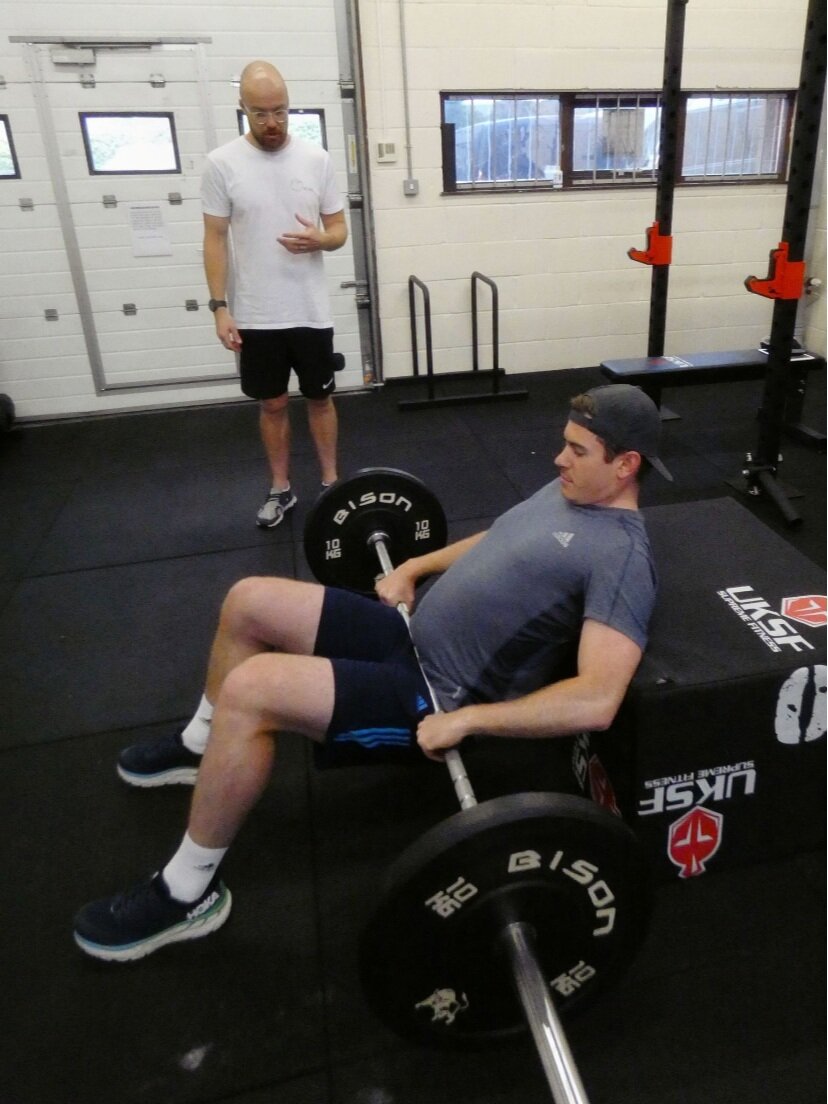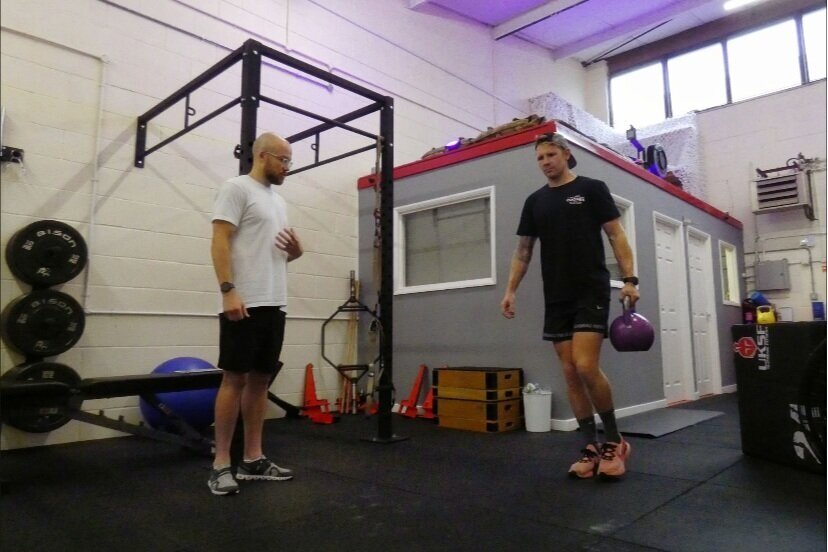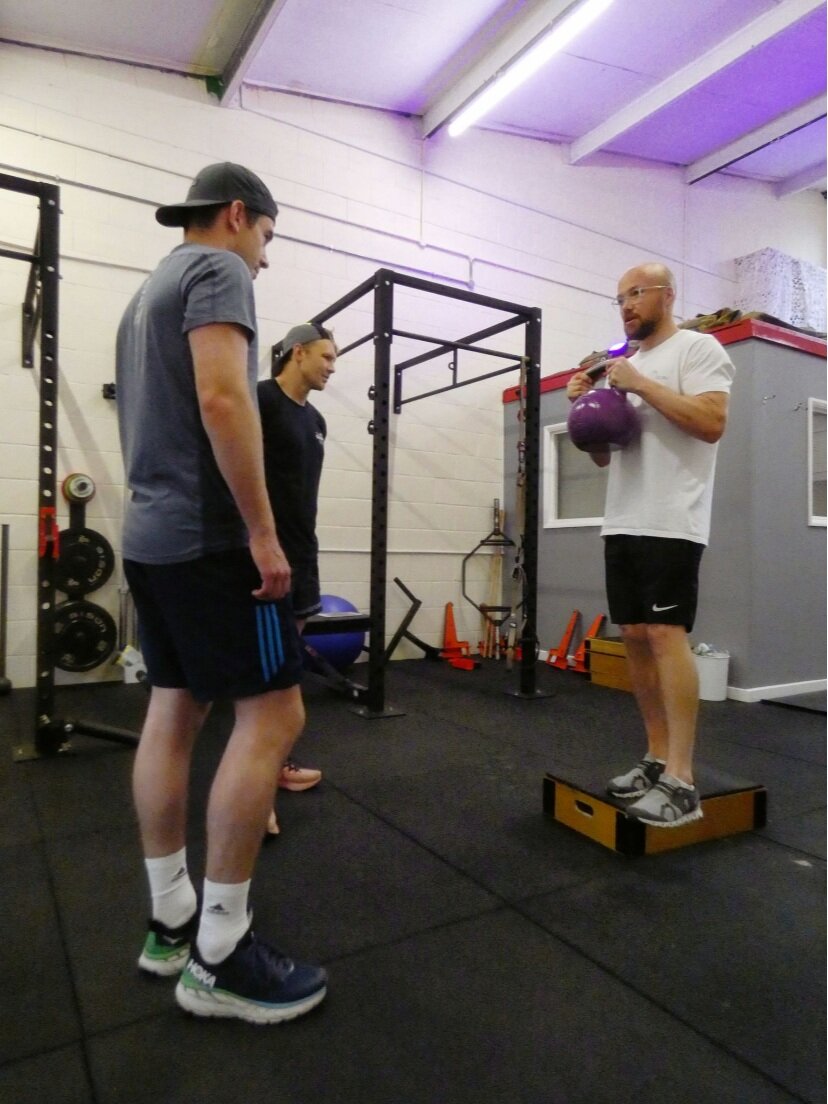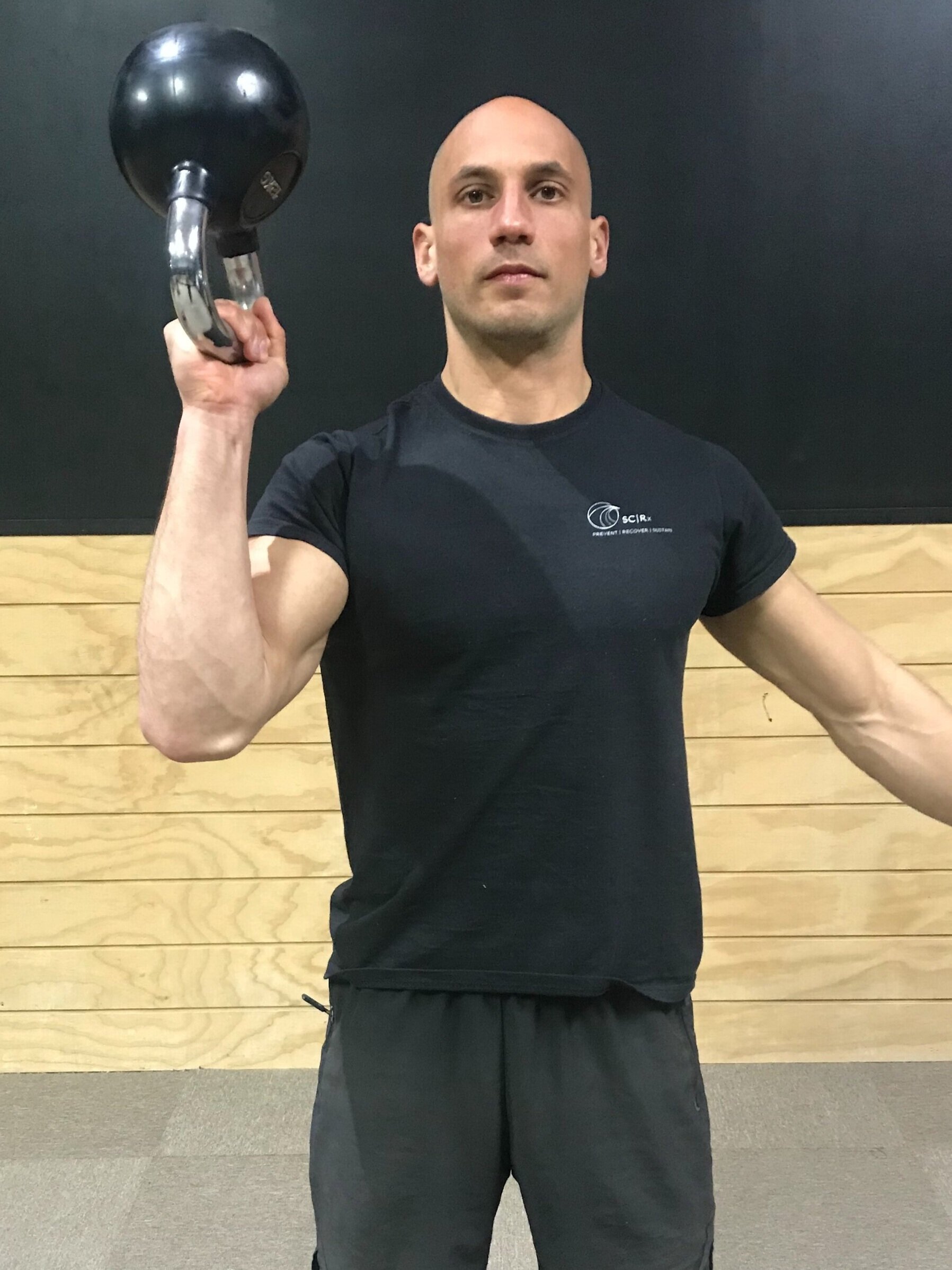With a team full of keen runners, we know how frustrating injuries can be, especially when you have an upcoming race!
With just over 6 weeks until the New Forest running festival, many of you will be entering a key phase of your training which will likely involve an increase in your total weekly mileage. This is an essential part of the training process which will allow your body to adapt to the demands of longer time on your feet. However, this is also a phase in which a lot of injuries can be caused by pushing too much too soon!
The team at South Coast Rx Physiotherapy have written this blog to outline exactly what causes an injury and how best to avoid them during this key phase of your training.
WHAT IS AN INJURY?
In order to understand how to prevent injury, we think it is really important to understand what an injury is in the first instance. In its simplest of forms, an injury can be defined as when load exceeds tissue capacity. This basically means when a force is applied to your body (muscle, tendon, ligament, bone or even nerve) and is greater than what your body has adapted to tolerate, there is the potential that something has to give!
Broadly speaking, there are two main forms of injury which are likely to be encountered by runners:
Traumatic: These are often the result of a contact injury in sport or a high impact accident. Typically, an external, high energy, high velocity force is applied to the body. Let’s take for example a rolled ankle when tripping on an uneven piece of pavement. This has the potential to apply a force, greater than what the individual’s ankle ligaments can tolerate. In this instance, level of strength, conditioning and athlete skill can not necessarily prevent the injury from occurring. This is an inherent risk of sport. Traumatic injuries are therefore difficult to prevent as they are dependent on external factors outside of our control. Sure, having a strong and stable ankle will help to prevent rolled ankles in general, but those one off accidents which result in excessively high levels of loading are very difficult to account for!
Non-Traumatic: This is the most common form on injury sustained by runners and one which typically occurs as a result of training error. Put simply, this is generally as a result of doing too much too soon! It is our personal bias here at SCRX that these injuries can be avoided. Examples of this type of injury are commonly seen in individuals who over-train in the context of their current levels of tolerance. This can be as simple as running a distance which you haven’t completed in a long time or having a big spike in training intensity eg. suddenly adding multiple hill sprint sessions to your programme. Although training hard certainly has its merits, if you do not systematically allow your body to rest, recover and essentially grow back stronger, you risk an injury.
At this point, it is important to note that the human body is incredibly strong, resilient and adaptable. These are the underlying biomechanical principles of what happens during an injury but in reality, the underlying cause of injury is very complex and multifactorial. Your diet, amount of sleep, psychological status, beliefs and expectations all have a large part to play in injury causation and recovery. However, if we train and build things up slowly there is no limit to what you can achieve. This is evident first hand, when you look at athletes such as Ross Edgely and David Goggins, who keep breaking unbelievable records and showing us what we are truly capable of achieving.
PREVENTION PROGRAMMING
So now the important bit - How do you build injury prevention strategies into your programming?
Injury = Load > Tissue capacity
Training can be thought of as a balancing act between load and tissue capacity. You can use a variety of strategies to manipulate both load and tissue capacity in order to optimise your training and reduce the risk of injury. First up, let’s look at load.
The foundation underlying all effective programming has to be in its periodisation. Every training block needs to contain sufficient levels of progressive overload and rest, giving the body sufficient stimulus to drive adaptation to training with enough rest to recover from this.
In managing your training load it is helpful to have a framework to help you think about how much stress you are subjecting your body to.
One of the best ways to do this is with the Training Load Factor framework (TLF).
It breaks training down into three components:
FREQUENCY
The number of training sessions within a period e.g. 1 week.
VOLUME
The amount of time during each training session e.g. 1 hour.
INTENSITY
The intensity of each training session (measured using rate of perceived exertion (RPE) on a 0-10 scale).
TRAINING LOAD FACTOR = FREQUENCY X VOLUME X INTENSITY
A good way to think about this model is that you can choose two components to emphasise and one to take it easy on. Hitting all three maximally could soon lead to overtraining, overloading your current tissue capacity and ultimately causing injury. On the contrary, take all three too easy and the stimulus of training may not be enough to drive adaptation and could lead to detraining. It sounds tricky, but through a little experimentation you will soon find the right mix for you, based on your training experience and goals. Remember to listen to your body and understand that everyone is one of us is different. As your experience increases, your body will adapt and you can start to increase your TLF safely.
If you want to train 6-7 days per week or even x2 per day (as many competitive athletes do), you need to reduce either the volume or intensity of each session. This could be through adding supplemental strength and conditioning work or including recovery low load sessions in your week such as cycling/ swimming/mobility work.
On the other hand, some athletes prefer training at a lower frequency e.g. 3x week. Here, as long as you have given your body time to adapt, you can hit each session harder as you have time between sessions to recover.
WE ADVISE PEOPLE TO TRAIN SMART AND BE PATIENT IN THEIR TRAINING. BUILD THE INTENSITY, FREQUENCY AND VOLUME UP SLOWLY AND LISTEN TO YOUR BODY.
DEVELOPING CAPACITY
Runners love to run and as a result we often find that a lot of runners don’t spend much time supplementing their training programme with strength and conditioning work.
In addition to running, this is a fantastic way to improve tissue capacity to tolerate greater loads and therefore contribute to reduced risk of injury. Supplemental training which focuses on developing the strength of the entire kinetic chain as well as improving tendon stiffness through plyometric loading can not only contribute to reducing risk of injury but also improving performance. A strength and plyometric circuit completed 2-3 x per week in addition to your usual running training can be a fantastic way of developing tissue capacity.



Keep an eye out on our social media accounts over the coming weeks where we will be releasing a strength and plyometric loading programme for runners, outlining how to recover from an acute injury as well as releasing some top tips from our affiliated elite athletes.
We hope you found our blog helpful and if you have any questions or would like to know more about any of the topics discussed or would like any help with an injury, please send us a message via our contact us tab.
Good luck with training and we will see you soon!
9/8/21
SCRX Team









